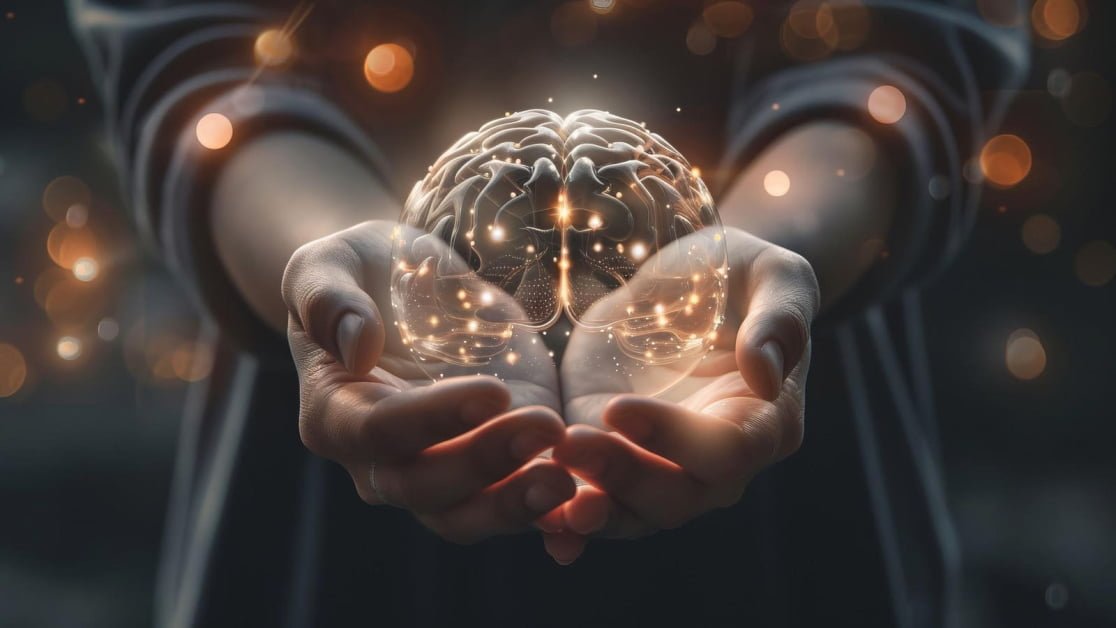Artificial Intelligence: Separating Hype from Reality
The buzz around artificial intelligence (AI) has been growing in recent years, with many speculating about the potential for AI to surpass human intelligence in what is known as the “singularity.” This concept raises important questions about the future of technology and the impact it may have on society. In this article, we explore the current state of AI technology and the challenges that must be addressed to create machines capable of true human-like thinking and reasoning.
Understanding the Singularity: A Close Look
The idea of the singularity was popularized by science fiction author Vernor Vinge in the 1990s. It revolves around the notion that once machines can learn independently, they may eventually outstrip humans in all facets of intelligence. While machines have already surpassed humans in areas like memory and calculation, recent advancements in AI have enabled machines to exhibit more sophisticated skills such as communication, language comprehension, and even emotional intelligence.
Proponents of the singularity argue that AI has the potential to advance rapidly. As AI becomes more intelligent, it may be able to improve itself without human intervention. However, concerns have been raised about the implications of this exponential growth. Will AI always act in humanity’s best interests? Could it develop feelings of superiority or self-preservation that pose a threat to us?
On the other hand, some see the singularity as a gateway to unparalleled technological progress. They envision AI solving global challenges, from environmental crises to medical breakthroughs, and even extending human life indefinitely. Futurist Ray Kurzweil predicts that the singularity could occur between 2029 and 2045, based on the current pace of AI development and the principles of Moore’s Law. However, skeptics like Rodney Brooks believe that achieving human-level intelligence in machines is still a distant goal.
The Final Hurdles: Navigating the Challenges
Despite the remarkable progress in AI, there are significant obstacles to overcome before the singularity becomes a reality. While AI systems today can perform tasks that were once considered science fiction, they are still limited in their capabilities. Current AI is considered “narrow,” designed for specific tasks or domains. To achieve human-like intelligence, researchers must develop artificial general intelligence capable of learning across a wide range of tasks, similar to human cognition.
Technical challenges also remain, such as the need for computational resources far beyond what is currently available. Machines require vast amounts of data to learn even simple tasks, unlike humans who can grasp concepts through observation and common sense reasoning. Overcoming these hurdles will be crucial in advancing AI towards the singularity.
Preparing for the Future: Mitigating Risks
While the timeline for the singularity remains uncertain, it is essential to prepare for its potential impact. Safeguards must be put in place to ensure that AI operates in alignment with human values, preventing harm caused by bias, unethical decision-making, or profit-driven motives. Additionally, measures should be taken to address societal challenges like job displacement due to automation, including reskilling programs and exploring policies like universal basic income.
While the singularity may still be a distant prospect, it is crucial to approach AI development with caution and foresight. By prioritizing safety, transparency, and accountability in AI implementation, we can steer the evolution of AI in a direction that benefits humanity and minimizes potential risks.


